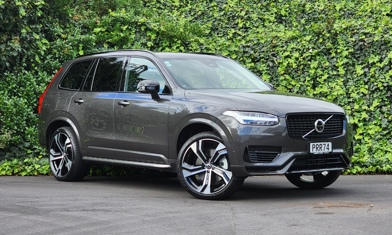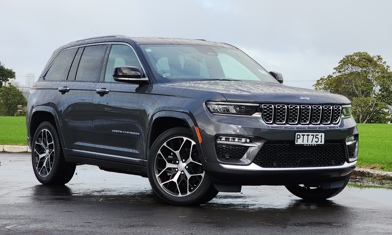Mainstream crossover-SUVs are not supposed to stir the soul. But consider how difficult it must be for carmakers to create such a thing that looks good while being super-practical, pleases the driver and passengers in equal measure, has all the latest safety equipment and offers value-for-money…. all in one package.
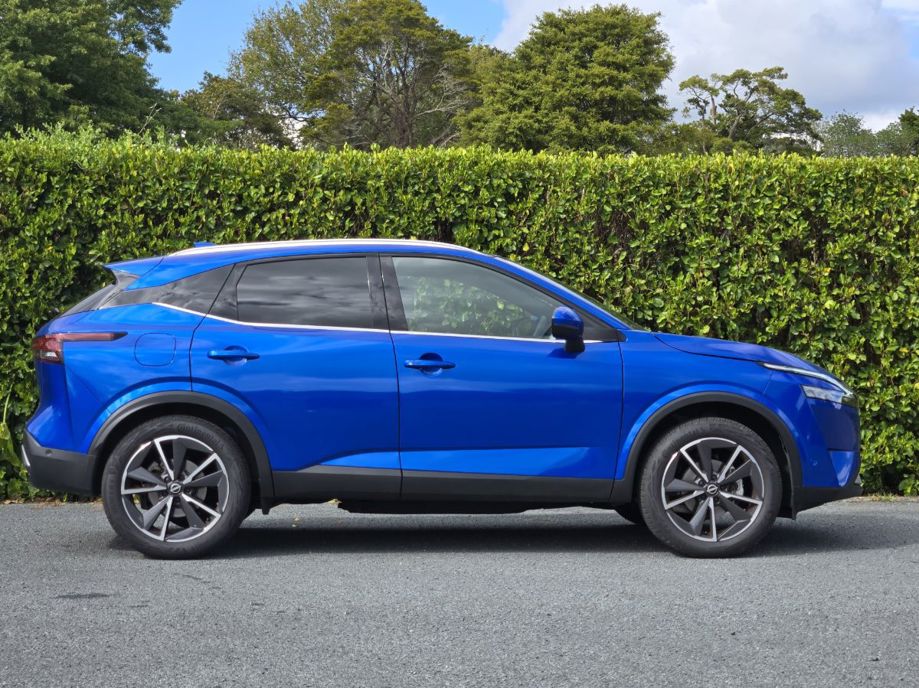
A sports or luxury car is designed to be one thing first and foremost; people are prepared to pay extra for the privilege and forgive shortcomings in other areas. But a family crossover has to be as many things to as many people as possible. It has to do it all.
What we’re really saying is that cars like the Nissan Qashqai could be considered the unsung heroes of the modern car market. It’s probably harder to deliver a competent all-rounder in a package like this than it is to create a no-expense-spared super-coupe like the GT-R. Probably.
Humble family SUVs can even be rule-breakers. While the Toyota RAV4 and Honda CR-V pioneered the “crossover” SUV genre in the 1990s (look like a 4x4, ride and drive like a road-car), the first Qashqai in 2006 did some genre-bending of its own: it was conceived as a replacement for the Pulsar/Almera hatchback and launched in many markets (including New Zealand) with front-drive only. No AWD option needed or wanted, despite the SUV styling and high ground clearance.
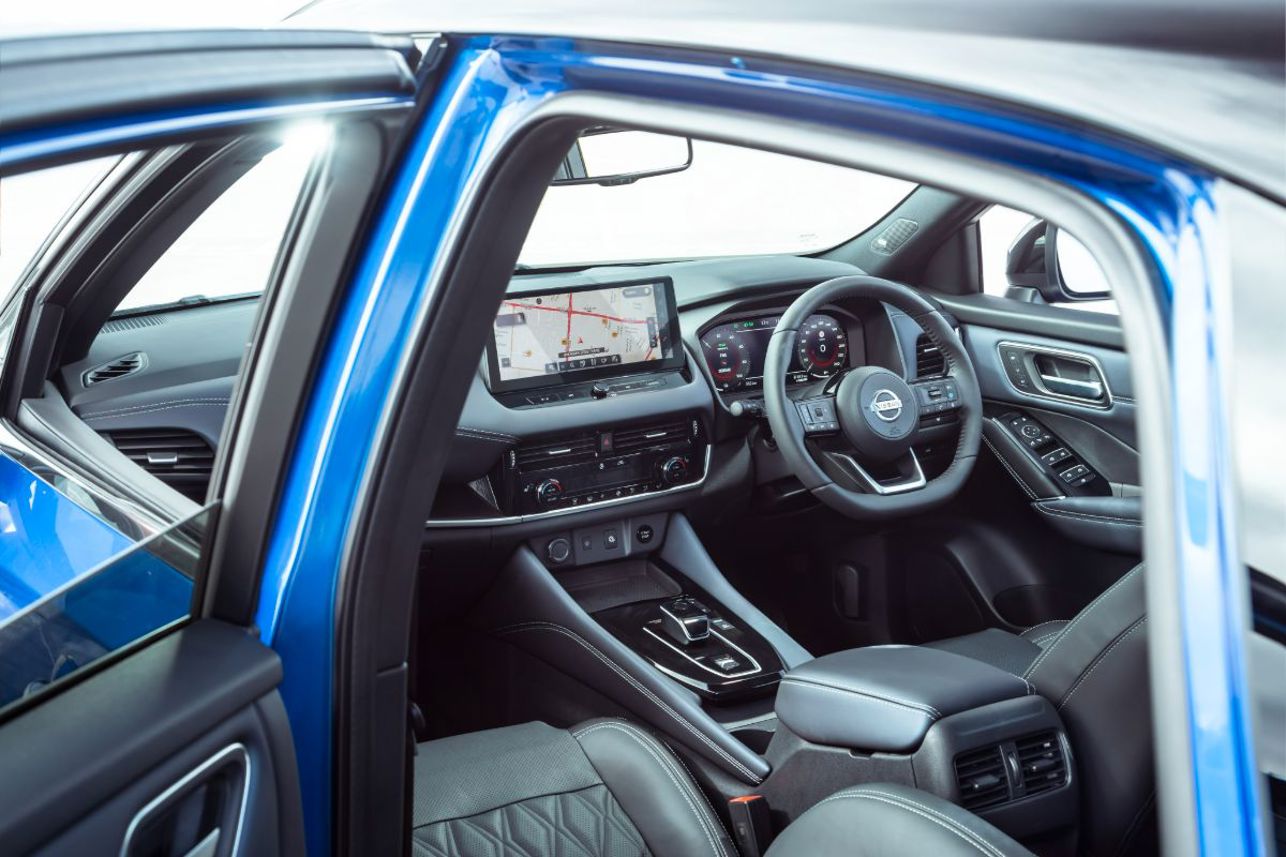
Nissan NZ still offers the third-generation Qashqai exclusively in FWD, albeit with a brace of engine technology: a standard petrol-turbo 1.3-litre or its clever new e-Power range-extender hybrid with electric drive.
It’s probably harder to deliver a competent all-rounder in a package like this than it is to create a no-expense-spared super-coupe like the GT-R. Probably.
This Qashqai is newer for Kiwis than most: it was launched here in 2023, but made its international debut back in 2021. It still looks really good in a hatch-cum-crossover way. Which is the Qashqai way.
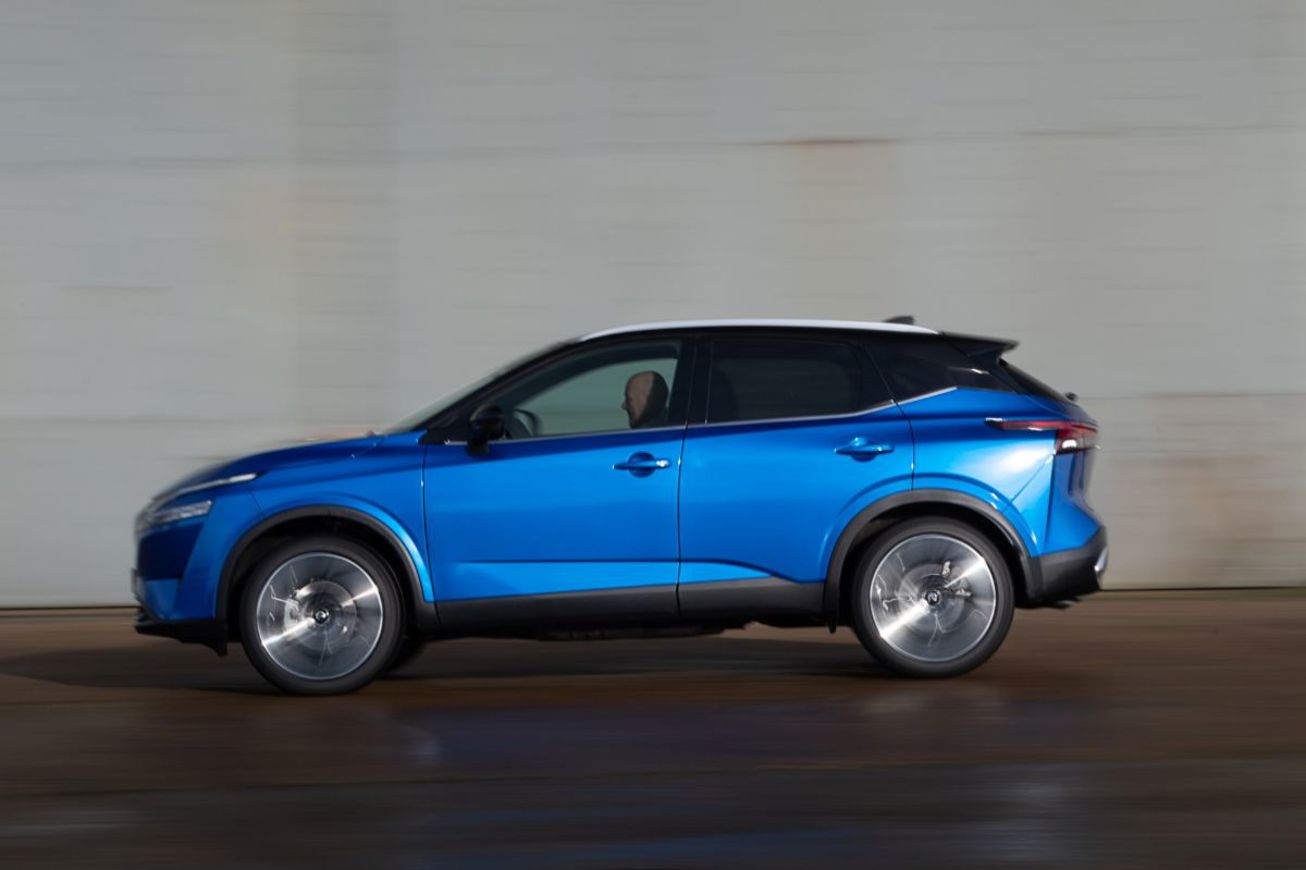
Our test car is the standard 1.3-litre, which is vocal when pressed but willing all the same; the Xtronic continuously variable transmission plays nicely with the modest outputs and in fact, it gets along pretty well. The CVT even does weirdly busy faux-gearchanges when you get near the redline.
The e-Power is an eyebrow-raising $8k more than our conventional 1.3-litre test car, in the same Ti-L specification. And the difference in potential fuel economy isn’t exactly massive.
But the e-Power would be the one to have, right? In some respects, yes. It ditches the busy 1.3-litre 4-cylinder for a thrummy 1.5-litre 3-cylinder generator, which makes electricity to drive the wheels. So it’s a lot more interesting to drive and makes an extra 30kW/80Nm; it’s quite a bit more car.
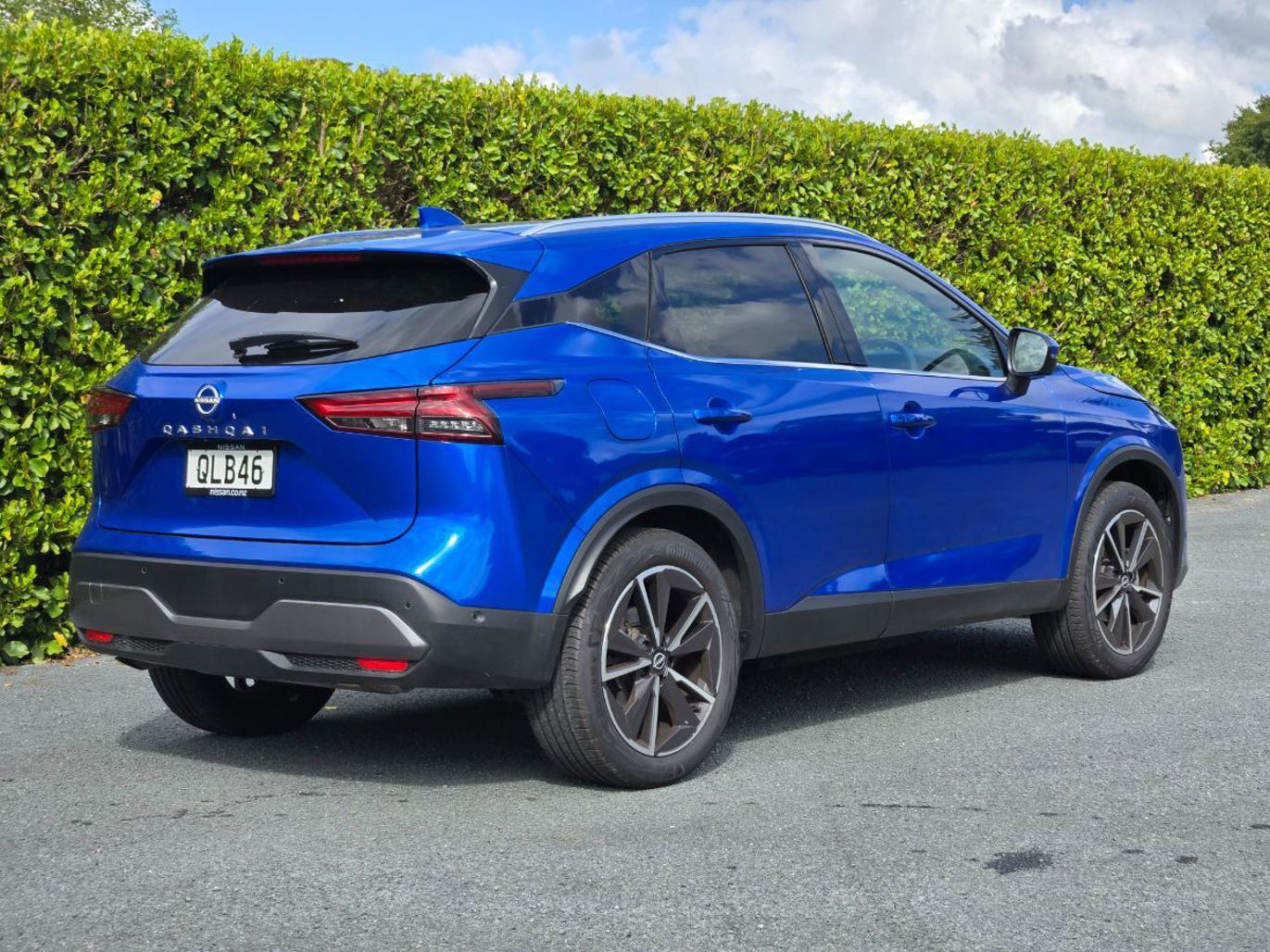
The e-Power is also an eyebrow-raising $8k more than our test car, in the same Ti-L specification. The difference in potential fuel economy isn’t exactly massive (1.1l on the official figures) considering the price gap; we actually bettered the 3P-WLTP number for the 1.3 by quite a bit on a quick 100km out-of-town run (and it was quick, we were running late), achieving 5.8l/100km.
Qashqai rides and handles well for a little ’un, with decent weight to the steering and a well-planted chassis. It feels big(ger) car-solid in corners.
Like any hybrid technology, Nissan’s e-Power has the potential to astonish in certain urban situations, but it would have been interesting to see how it compared on the same drive; the two Qashqai Ti-Ls might not be very far apart at all.
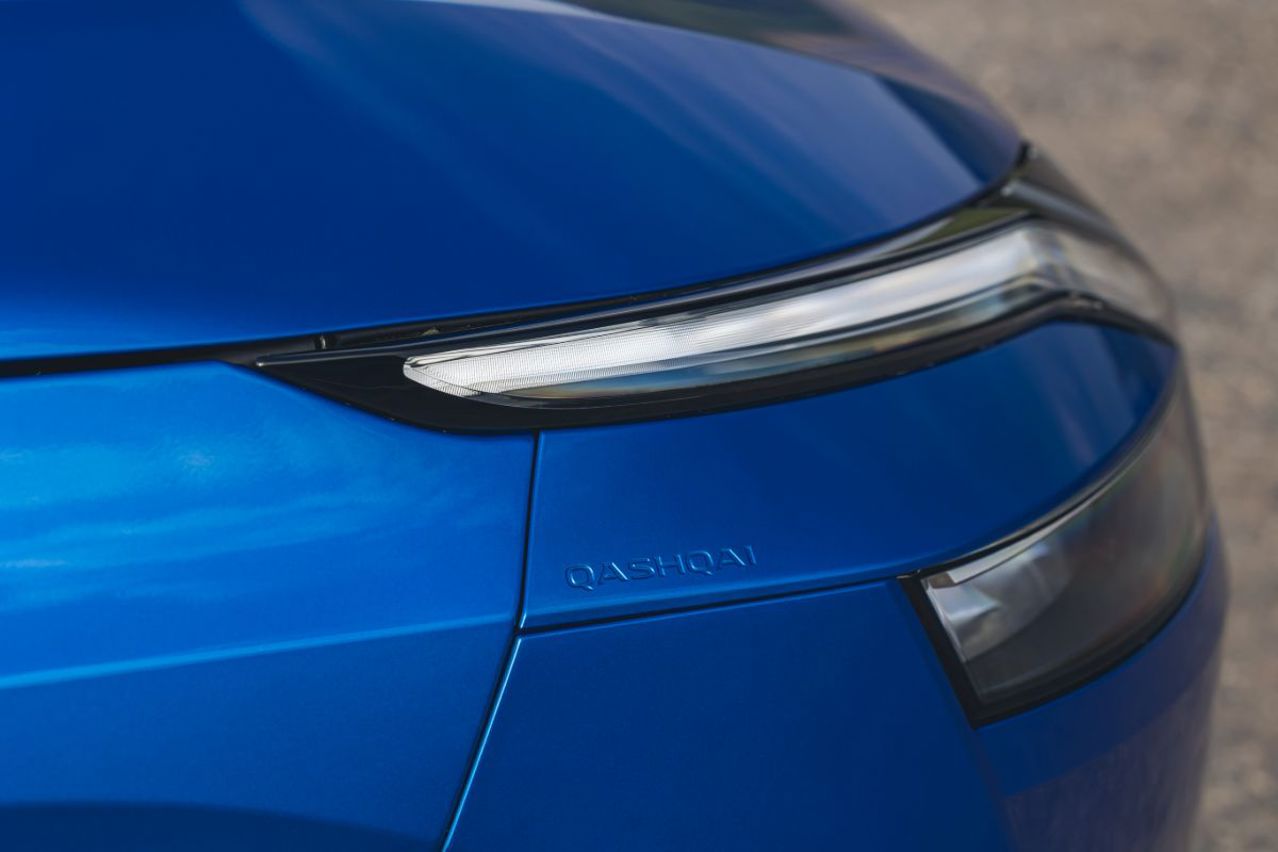
At the risk of sounding like we’re doing a back-to-back (we’re not), the standard car is potentially a bit more nimble because it’s 200kg lighter, and it can also tow twice as much if that’s a factor for you: 1500kg versus 750kg.
Qashqai rides and handles really well for a little ’un regardless, with decent weight to the steering and a well-planted chassis. It feels big(ger) car-solid in corners.
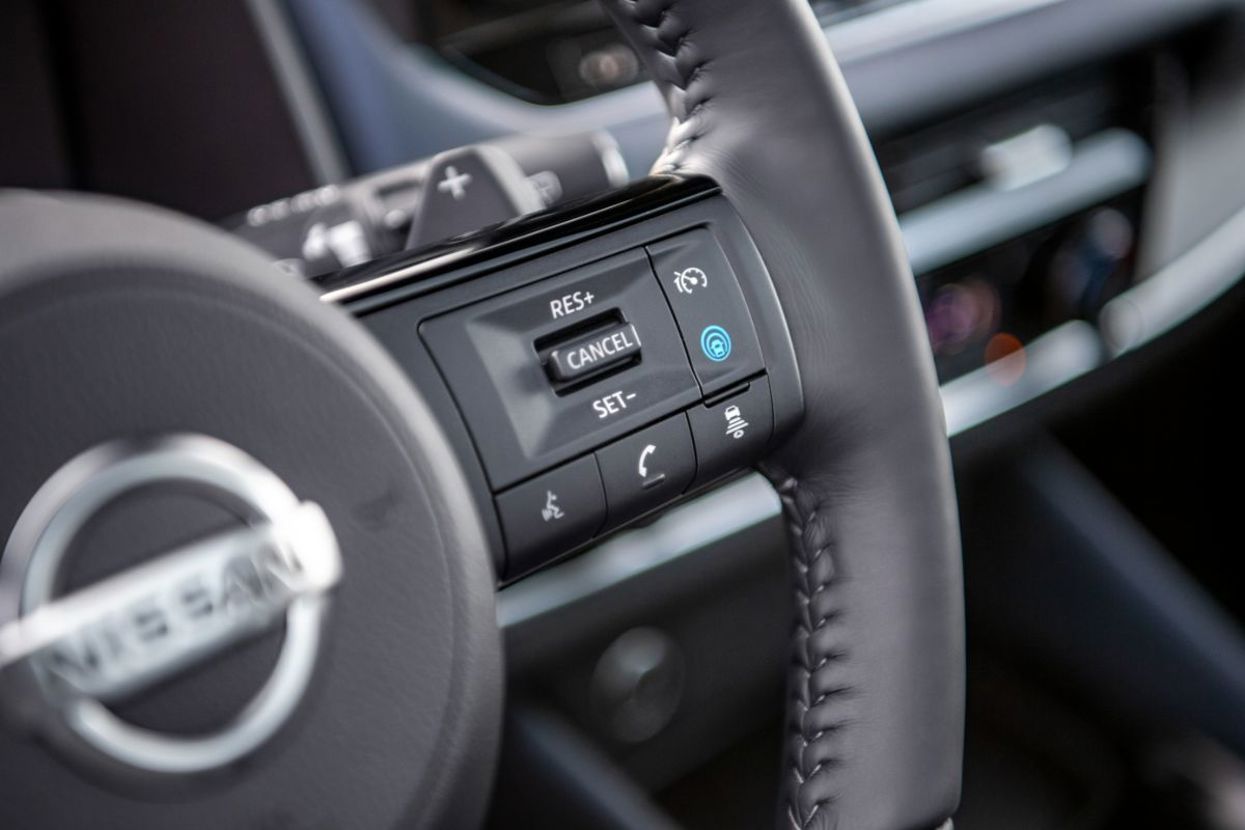
The cabin is curvaceous and boasts a large 12.3-inch infotainment screen, but overall it’s also quite traditional: screen and the stubby EV-like gear selector aside, there are lots of clicky physical controls that make the Nissan quite intuitive to operate.
One possible exception to our admiration is the slightly odd adaptive cruise control. If you're not familiar woith Nissan generally, it likely that the button you think it is... is not the right one. There's a speed limiter on the steering wheel, but then directly underneath is a control with strange blue circular swirls and a picture of a car, which Nissan’s logo for its driver-assist systems. So you press that to activate the driver-assist menu, after which you can select the speed with the traditional Set/Res control. Just for reference Nissan, in the rival Toyota C-HR you press the cruise button, it activates at whatever speed you’re doing and… that’s it. Sheesh.
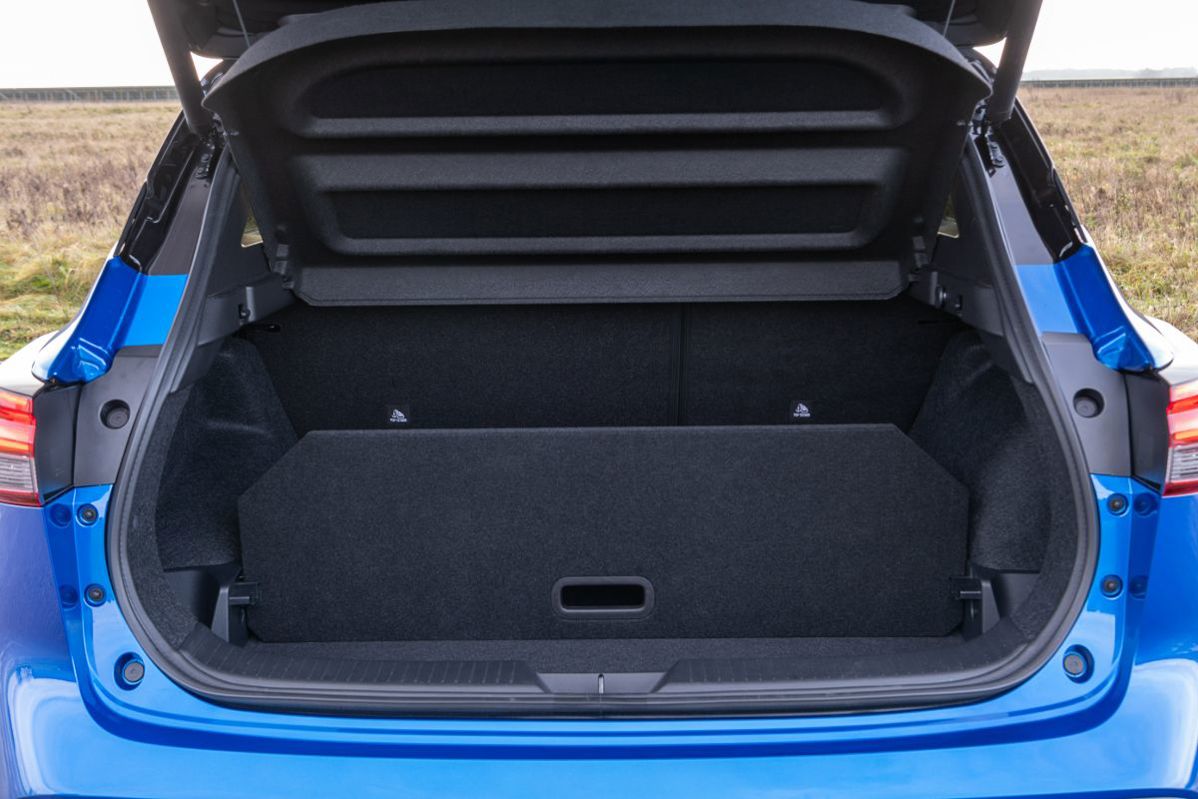
It’s a practical family SUV for something that’s a mere 4.4m long, with good rear seat space and an impressive 418-litre boot. The Ti-L has a false floor with a nifty “luggage board” that can serve as a lid for the compartment beneath, or be flipped vertically to use as a partition.
In case you hadn't guessed already, Ti-L is the top specification of a very comprehensive range. There are ST, ST-L, Ti and Ti-L models, the “L” presumably denoting more luxury.
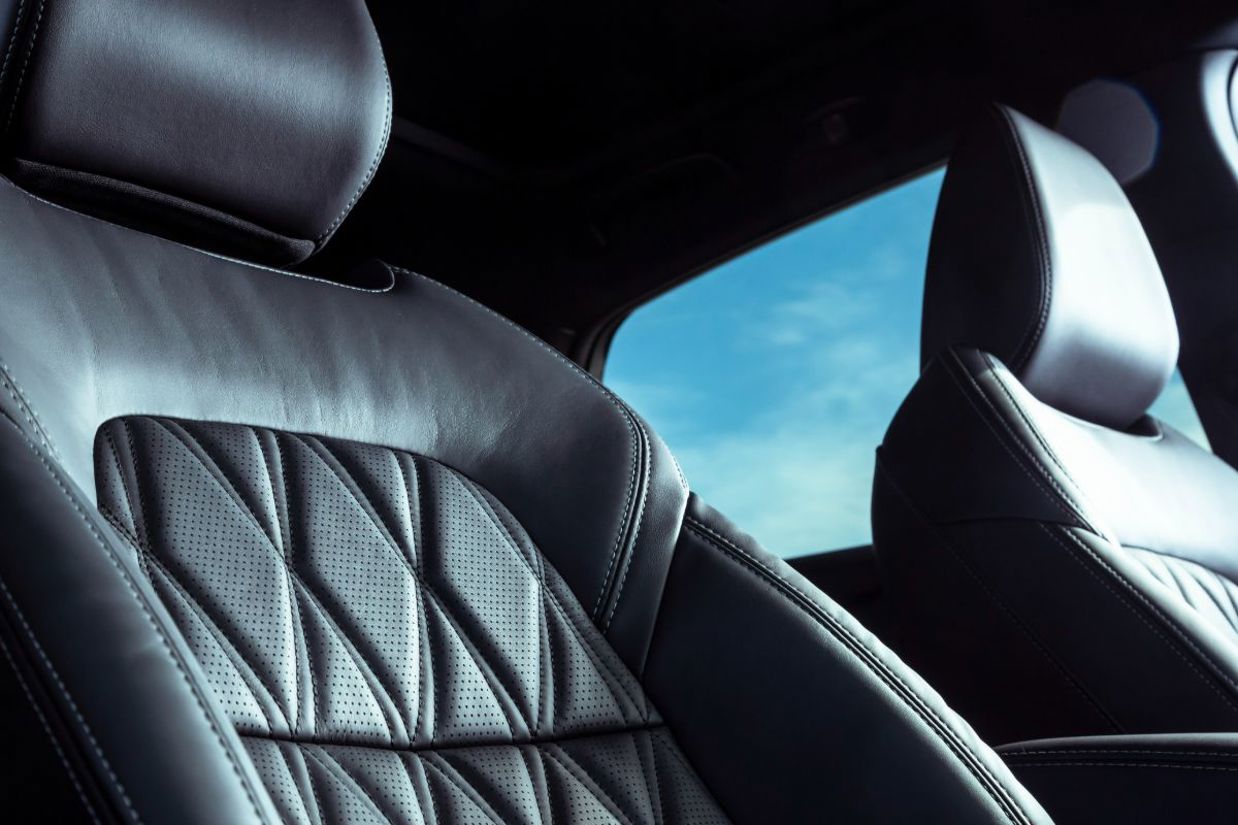
You can have the e-Power engine in Ti or Ti-L, so that’s one choice. But Ti or Ti-L? It’s a $5k jump, so Ti-L may not be for everybody when we’re talking about a compact SUV. But it is really loaded up, adding quilted leather seats, self-parking, Bose sound with something called an Acoustimass Bass Box and digital amplifier, panoramic roof, memory and massage on the power-adjustable driver’s seat, that bigger infotainment screen and an intelligent key with memory settings for seats and audio.
It’s quite lavish for an urban SUV, and makes the $48k ask seem like pretty good value. And there’s plenty of opportunity to step down the range and trim the price back, right down to $38k for the ST. Which would still be a pretty decent car, because the Qashqai is fundamentally quite well-engineered and packaged.
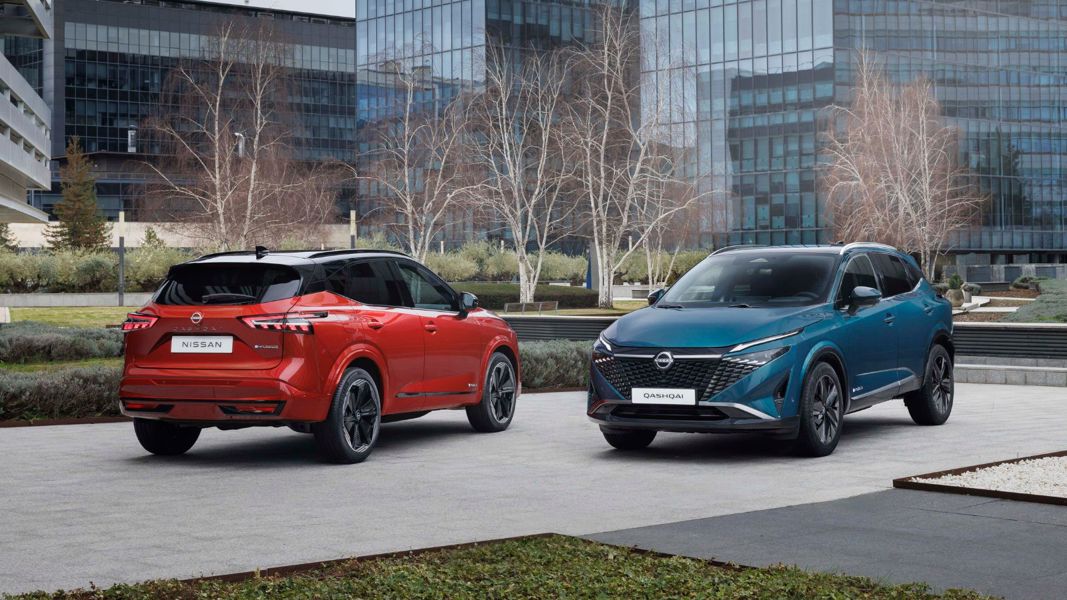
Hey, know how we said NZ was a bit behind with this-gen Qashqai launch? Well it’s kind of happening again, because there’s a mildly-made-over model in Europe and Australia with frontal styling that looks a bit more like the Ariya EV.
If you’re looking at Qashqai and wondering whether you should wait for the new one, the local Nissan people tell us the facelift is “not imminent” for NZ. So this is our Qashqai for now.
How much is the Nissan Qashqai Ti-L?
It's a multi-layered range with four different grades and two engines, but our Ti-L is the top grade with the more modest of the two engines and costs $48,990.
What are the key statistics for the Nissan Qashqai Ti-L?
The 1.3-litre turbo-petrol engine makes a modest 110kW/250Nm, but works well with Nissan's Xtronic continuously variable transmission. Qashqai has always been front-drive for NZ.
Is the Nissan Qashqai Ti-L efficient?
On test the Qashqai was even more thrifty than the official 6.4l100km, dropping down into the 5l bracket on a trip. Impressive for a family car with no electrification.
Is the Nissan Qashqai Ti-L good to drive?
The small engine can make you git your teeth a bit, but it's still pretty perky and the Qashqai's ride and handling combination is especially good for a vehicle of this type.
Is the Nissan Qashqai Ti-L practical?
Occupant space is good and the Ti-L even feels a little bit posh, with its quilted (real) leather upholstery. The 418-litre boot is impressive for a car of this size and we love the "luggage board" that can also serve as a partition.
What do we like about the Nissan Qashqai Ti-L?
It looks stylish in a small-SUV way, the 1.3-litre engine is thrifty, the ride/handling are decent for a compact family car and the Ti-L is quite lavishly equipped when you start to dig deeper.
What don’t we like about the Nissan Qashqai Ti-L?
That turbo-petrol engine can be a bit coarse under pressure, the adaptive cruise control is fiddly to get going and there's already a facelift model out in other markets... that we're not seeing for a while, apparently.
What kind of person would the Nissan Qashqai Ti-L suit?
A small SUV buyer who likes little luxury touches but wants cabin controls that are a bit more traditional than the new everything-in-the-screen school of ergonomics.





















